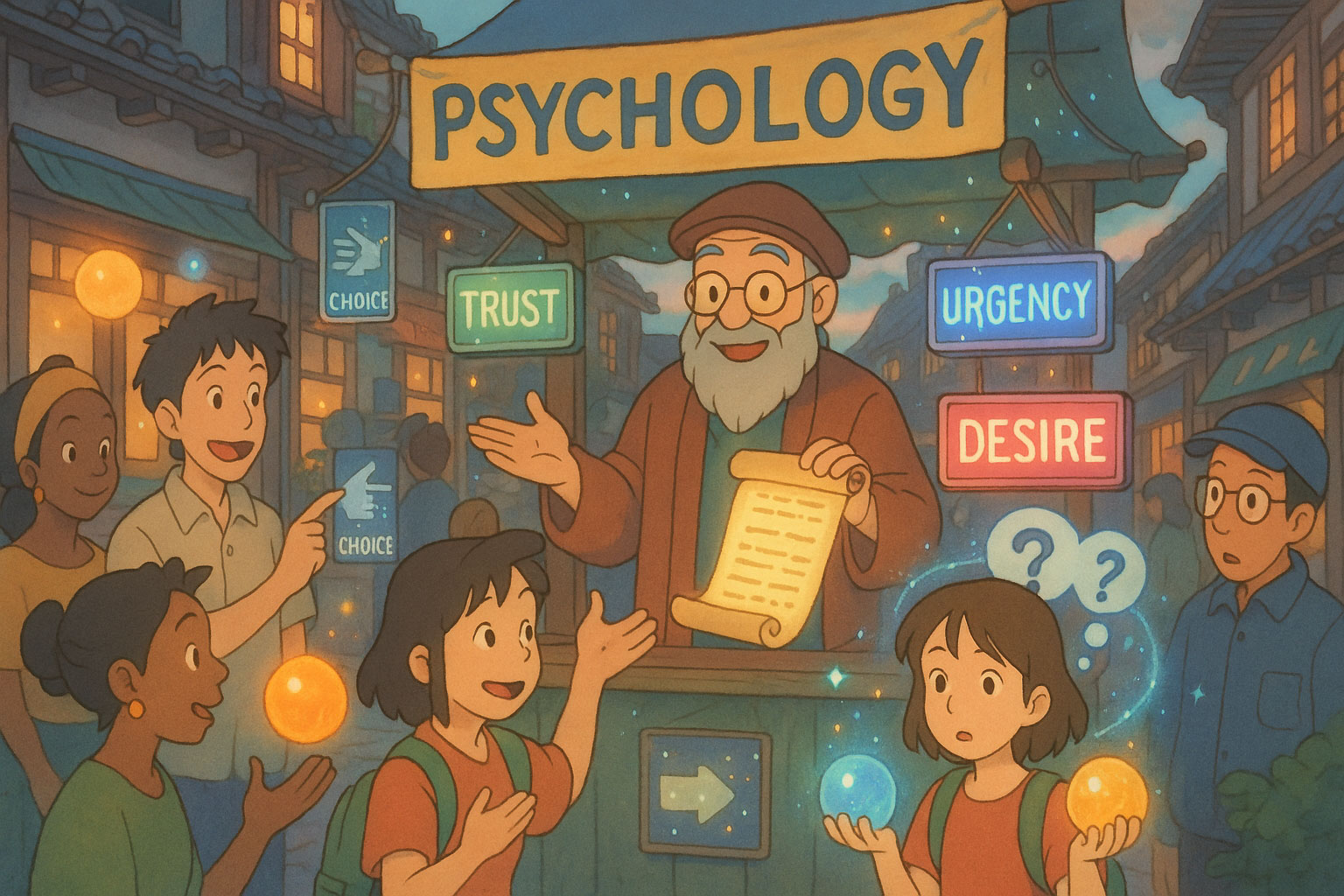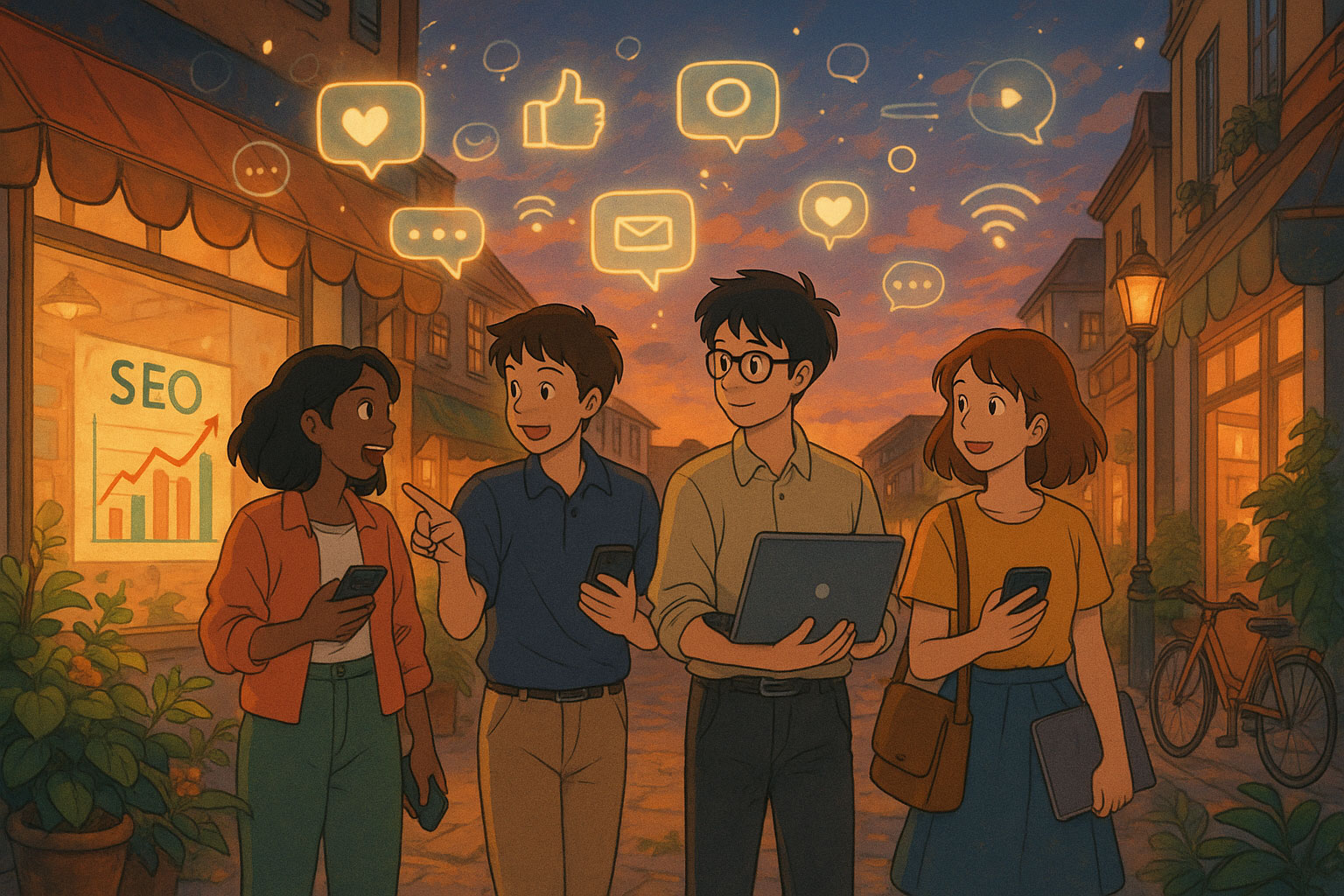What makes someone click Buy Now?
Why does one headline stop you mid-scroll while another fades into the noise?
The answer isn’t luck it’s psychology.
Understanding the emotional triggers and behavioural science behind consumer decisions is the missing link between average content and high-converting marketing. In today’s digital world, data can tell you what’s working but psychology tells you why.
Let’s break down the human principles behind every click, comment, and conversion.
We Buy Emotionally, Then Justify Logically
The myth of the “rational buyer” is dead. Neuroscience confirms it: people make decisions with emotion, then rationalise them with logic.
That means your marketing should:
- Tell relatable stories
- Tap into real desires or frustrations
- Paint a vision of transformation
A post that feels right will always outperform one that just makes sense.
Scarcity and Urgency Create Action
When people believe they might miss out, they act faster. But the key is authentic urgency not manipulative pressure.
Use this with care:
- Limited-time offers with real deadlines
- “Only 3 spots left” if it’s true Early bird incentives for launches
Urgency works best when it’s paired with value.
Social Proof Reduces Risk
Humans follow the crowd. When we see others getting results, our fear of risk drops.
That’s why testimonials, case studies, and real-time “X just bought this” popups are so powerful. They remove doubt and replace it with trust.
Pro tip: include faces, names, and specific outcomes not generic praise.
Personalisation Creates Relevance
The more something feels “for me,” the more I’ll pay attention.
Even small touches like using someone’s name in an email or tailoring product suggestions based on browsing behaviour increase conversion significantly.
But this goes deeper:
- Segment your audience by interests
- Speak to pain points unique to each group
- Reflect their language back to them
The best marketing feels like a one-on-one conversation.
Simplicity Builds Confidence
Cognitive overload kills conversions. When people feel overwhelmed, they freeze.
Keep your messaging simple. Limit choices. Use clear buttons and one goal per page.
Psychologically, simplicity equals safety — and safety converts.
Conclusion
Great marketing isn’t about shouting louder. It’s about understanding how people think, feel, and decide.
When you apply behavioural science to your strategy, you stop guessing and start influencing. You’ll create content that resonates, offers that convert, and a brand people trust instinctively.
Because when you understand why people click, you unlock the power to move them.







